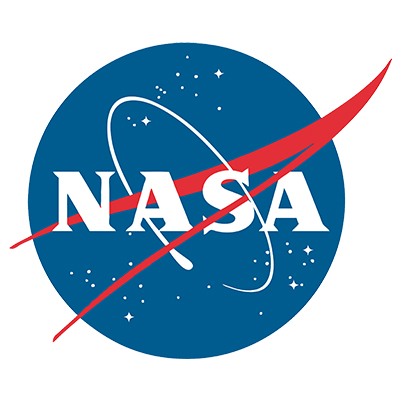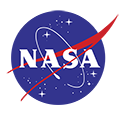National Aeronautics and Space Administration (NASA)

The National Aeronautics and Space Administration (NASA) supports a balanced program of science, exploration, and aeronautics consistent with the agency’s goals for human space flight. For science, the focus is in disciplines where access to space enables new scientific endeavors or enhances existing ones. NASA’s goal for Earth Science is to study planet Earth from space to advance scientific understanding and meet societal needs. Activities toward meeting this goal include obtaining observations of the Earth system from space-based and sub-orbital platforms, conducting research and data analysis, modeling, applying research results to decision support, and scientific assessment. Participants in the research program include scientists and engineers from academic institutions, industry, NASA centers, and other government agencies. Scientists from foreign countries also participate on a no-exchange-of-funds basis. Research topics to be solicited and missions to be pursued are identified through a strategic planning process that requires input from the scientific community, responds to national priorities and international partnership opportunities, and ensures consistency with NASA’s Exploration Vision, science mission statement, and strategy documents. NASA research is competed and subjected to full scientific peer review involving external and internal experts who are selected on the basis of their scientific and technical qualifications and with due attention to conflict of interest. Selections are made based on overall scientific merit, cost, and relevance and responsiveness to the NASA science program goals and the specifics of the solicitation. Interagency coordination includes established relationships for common programs with shared responsibilities as well as the structured mechanisms available through the Climate Change Science and Technology Programs. Coordination that is more informal occurs at all levels through the actions of individual managers and program offices. International coordination uses established bilateral, or occasionally multilateral, agreements with other national space agencies, or through the Committee on Earth Observing Satellites and other non-governmental organizations.




